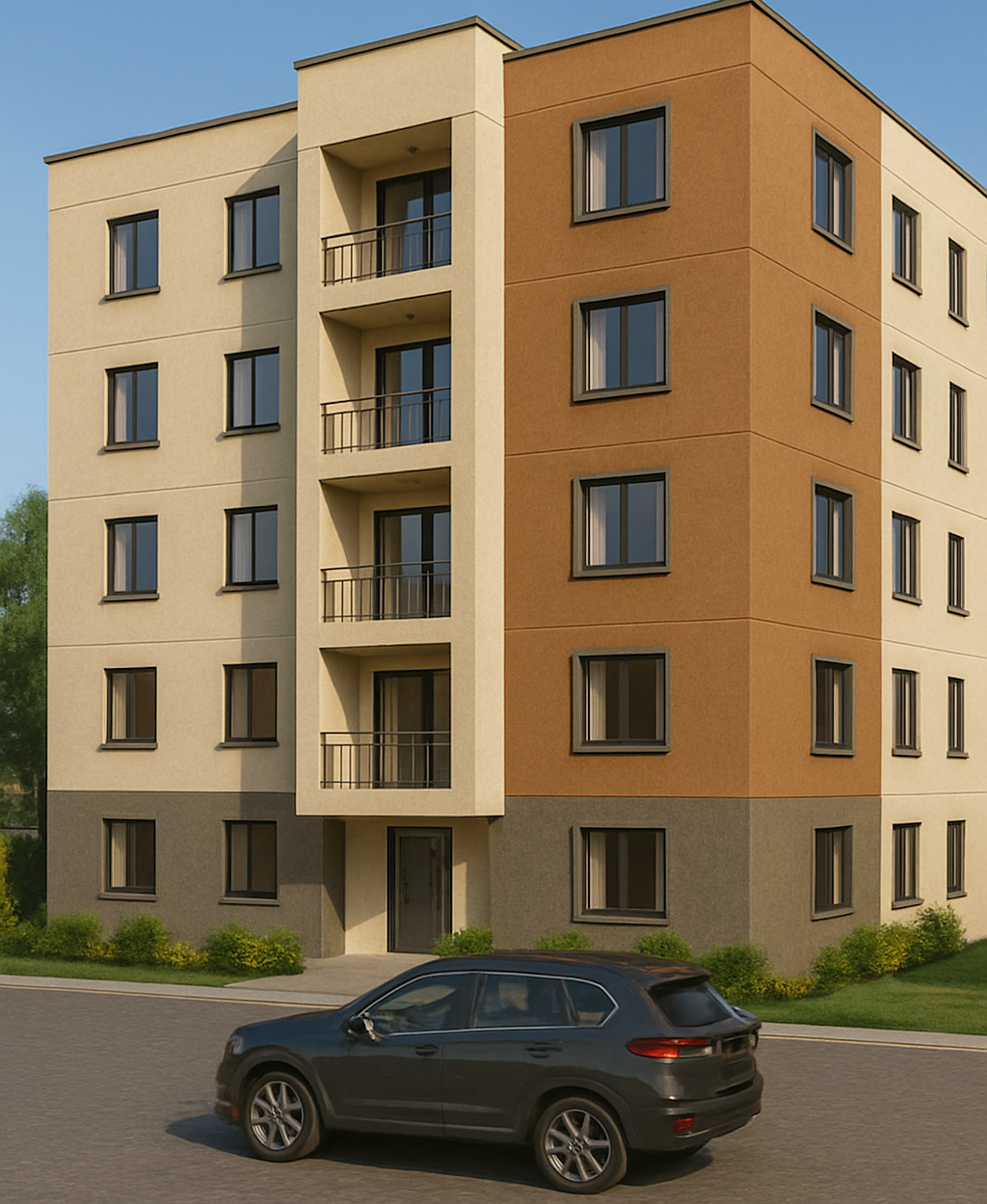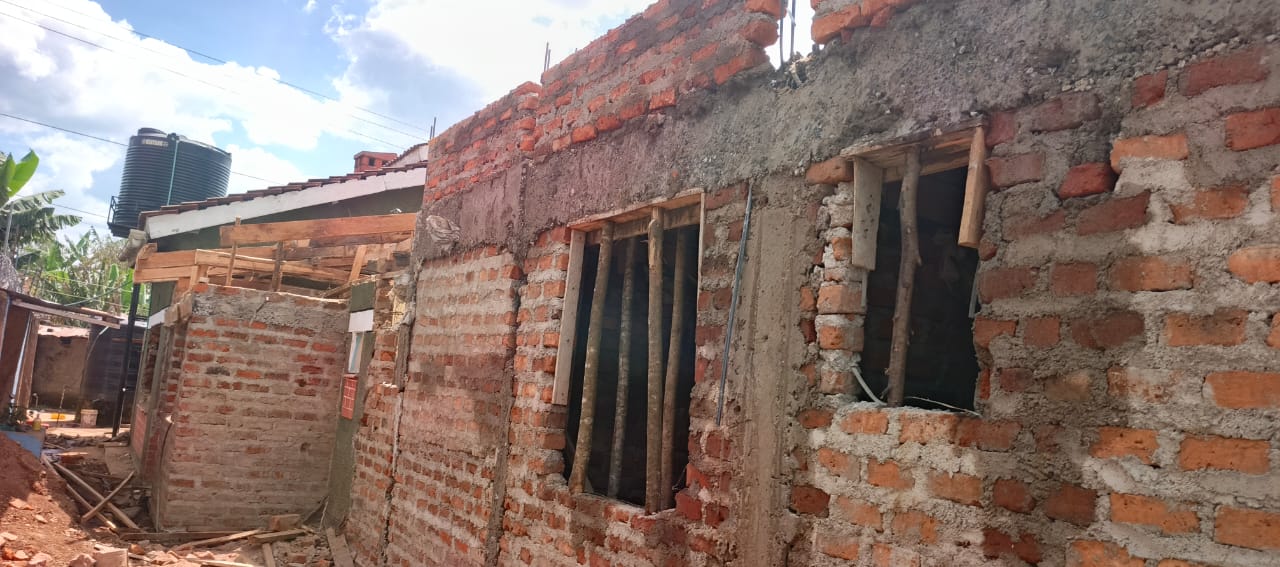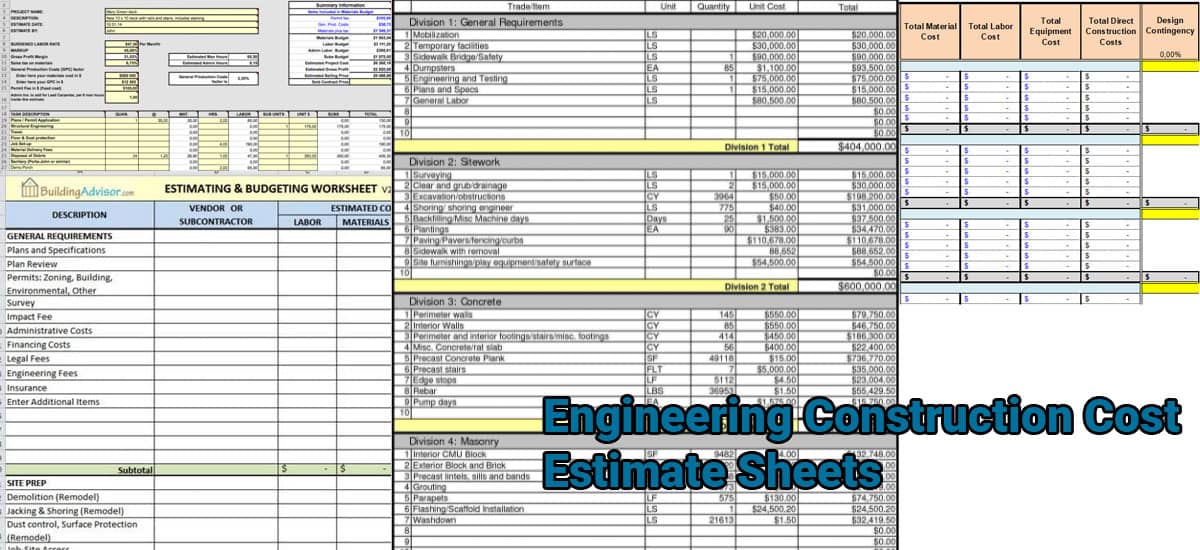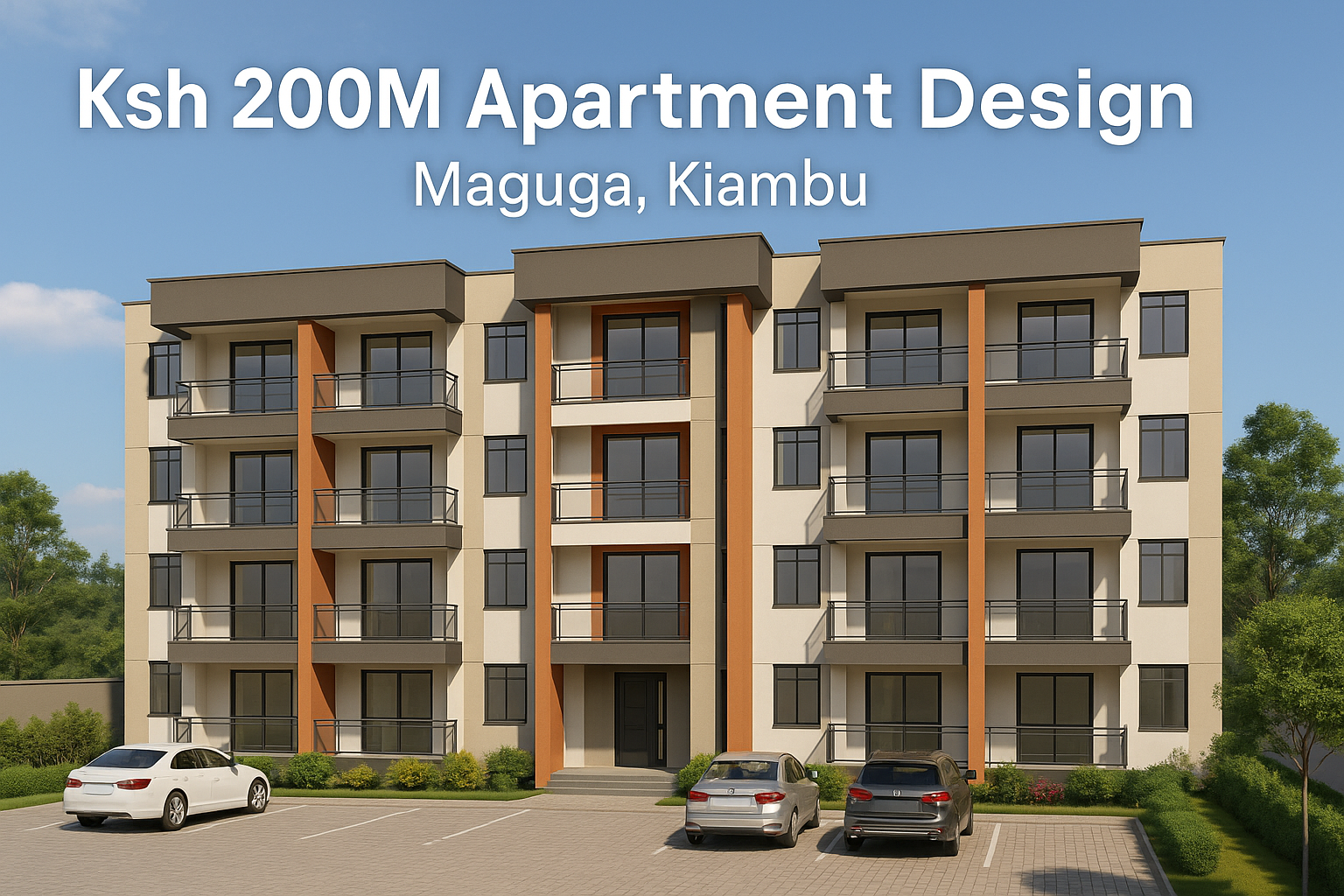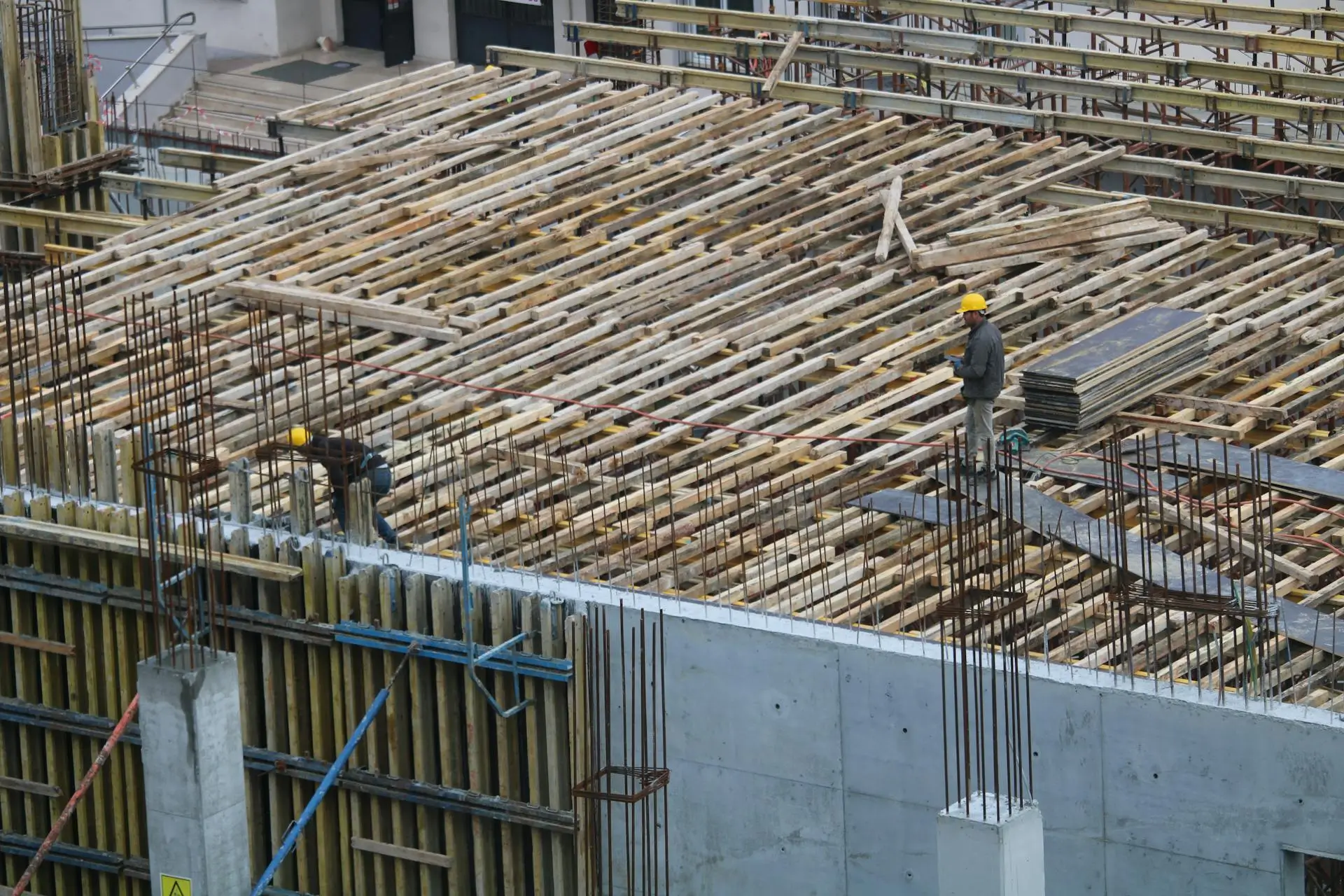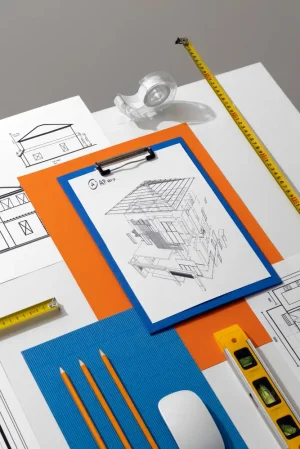1. Introduction
Kenya’s urban housing market is undergoing a massive transformation. As cities like Nairobi, Mombasa, Kisumu, Nakuru, and Eldoret continue to grow, developers are looking for innovative solutions to meet the needs of diverse tenants. One of the most promising approaches is mixed-income communities—developments where people from different income levels live in the same complex or neighborhood.
But creating a truly functional mixed-income development requires more than just putting different unit sizes together. The modern apartment designs in Kenya today must balance affordability, style, comfort, and functionality. From 2-bedroom apartment designs Kenya to 3-bedroom apartment designs Kenya, these homes must appeal to various tenant profiles while maintaining a cohesive and attractive overall look.
In this 2025 guide, we’ll explore how architects and developers are using the latest apartment designs in Kenya to build vibrant, inclusive mixed-income communities that are profitable for investors and enjoyable for tenants.
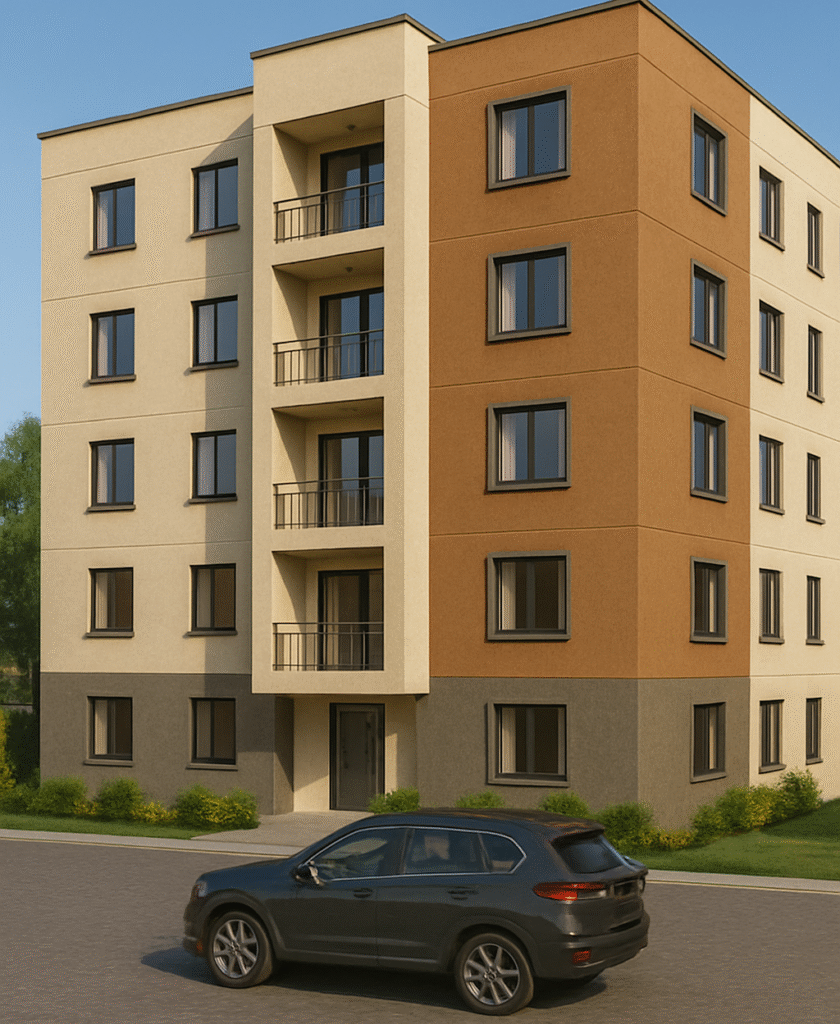
2. Understanding Mixed-Income Communities
What Are Mixed-Income Communities?
Mixed-income communities are residential developments where housing units are designed to accommodate people across a range of income levels. This could mean a combination of affordable housing, mid-market rentals, and premium apartments within the same property.
Why Are They Important in Kenya?
- Social Integration: By blending residents from different economic backgrounds, mixed-income housing encourages diversity and reduces social segregation.
- Economic Sustainability: A variety of rental rates can ensure stable occupancy, even in fluctuating markets.
- Government Support: Kenya’s affordable housing agenda under the Big Four initiative has encouraged more developers to integrate diverse unit pricing in one project.
Examples in Kenya:
- Projects in Nairobi’s Ngara, Pangani, and Park Road.
- Private developments in Syokimau, Athi River, and Kikuyu targeting both budget and mid-income earners.
3. Key Features of Modern Apartment Designs for Mixed-Income Housing
Modern apartment designs for mixed-income communities must be inclusive yet distinctive. Here are essential features that define these developments:
1. Flexible Unit Sizes
From studios for single professionals to 3-bedroom apartments in Kenya for large families, offering variety is key.
2. Space Efficiency
Units for lower-income tenants often require compact layouts without compromising comfort. For example, an open-plan kitchen and living area can make a small unit feel larger.
3. Accessibility
Designs should cater to all age groups, including features like elevators, ramps, and wide hallways.
4. Sustainable Materials
Affordable yet durable finishes like fiber cement cladding, granite tiles, and aluminum windows can keep costs low while enhancing durability.
5. Shared Amenities
Common areas like play zones, gyms, and rooftop gardens should be accessible to all residents, promoting community interaction.
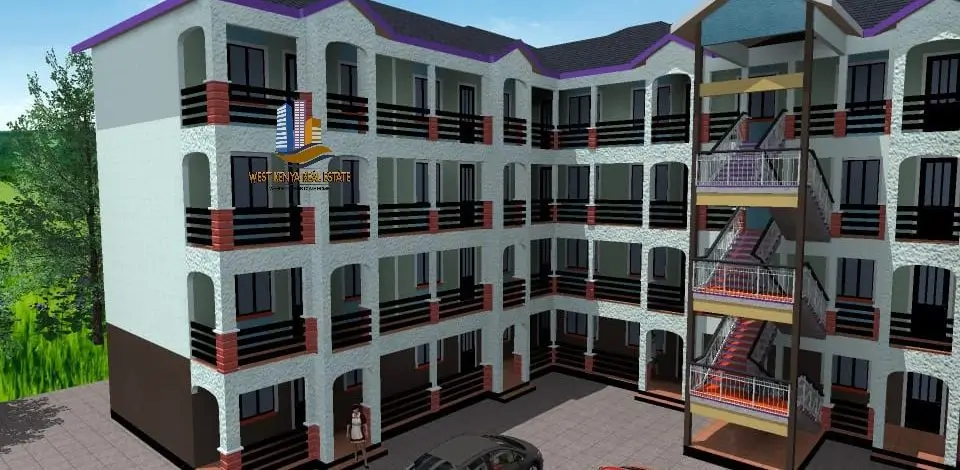
4. 2-Bedroom Apartment Designs Kenya – Balancing Affordability & Comfort
Why They Work in Mixed-Income Communities
Two-bedroom apartments are incredibly versatile. They appeal to young couples, small families, and even roommates sharing rent.
Common Layout Features:
- Size Range: 55–75 square meters.
- Spaces: Living room, open or closed kitchen, one or two bathrooms, and a balcony.
- Flow: Efficient circulation to maximize usable space.
Example Design Idea:
A 60 sqm apartment with an open kitchen and a shared bathroom can cater to budget-conscious tenants, while a slightly larger 70 sqm version with two bathrooms can be targeted at middle-income earners.
Rental Value Insight:
- Budget 2-bedroom units: Ksh 18,000–25,000/month.
- Mid-market 2-bedroom units: Ksh 30,000–45,000/month.
5. 3-Bedroom Apartment Designs Kenya – Catering to Larger Families
Three-bedroom apartments remain popular in middle- and upper-income brackets, especially in mixed-income setups where space is a premium for families.
Key Features:
- Size Range: 90–120 sqm.
- Spaces: Spacious living room, master en-suite, two additional bedrooms, two or three bathrooms.
- Privacy: Separation between common areas and bedrooms.
Design Tip:
Include a balcony or small terrace for natural light and ventilation—it significantly increases tenant appeal.
Rental Value Insight:
- Standard 3-bedroom: Ksh 45,000–60,000/month.
- Premium 3-bedroom in prime areas: Ksh 65,000–85,000/month.
6. Architectural Styles for Mixed-Income Apartment Developments
To create harmony while catering to diverse tenants:
Uniform Façade, Varied Interiors:
The building’s external design should be consistent for visual appeal, but interiors can vary in finishes depending on target rent.
Popular Exterior Design Trends in Kenya (2025):
- Neutral tones with bold accent colors.
- Minimalist balconies with glass or steel railings.
- Vertical greenery or creeper walls for sustainability.
Landscaping Matters:
Shared green areas improve tenant satisfaction and foster community living.
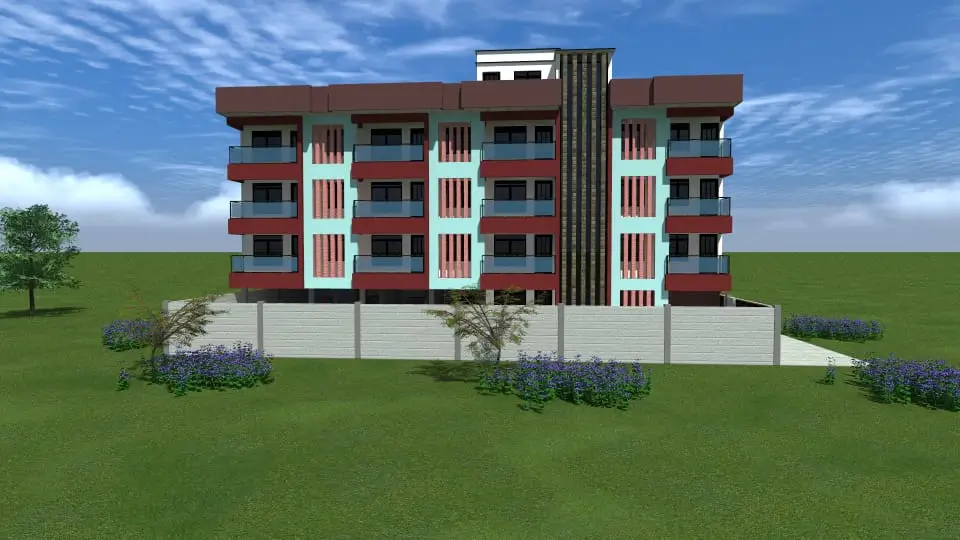
7. The Latest Apartment Designs in Kenya for Mixed-Income Housing
2025 Design Trends:
- Smart Home Features: Wi-Fi-enabled lighting, digital door locks, and energy-efficient appliances.
- Green Building Practices: Solar water heating, rainwater harvesting, and passive ventilation.
- Multipurpose Communal Spaces: Rooftop lounges, co-working areas, and gyms.
- Modular Construction: Prefabricated units reduce cost and speed up construction.
Case Study – Syokimau Development (2024):
- 40% 1-bedroom units, 40% 2-bedroom units, 20% 3-bedroom units.
- Shared playgrounds, underground parking, and security systems for all.
- Achieved 95% occupancy in under three months.
Cost Estimates, ROI Projections & Rental Yields: 2-Bedroom vs 3-Bedroom Units in Mixed-Income Setups (Kenya, 2025)
| Unit Type | Average Construction Cost per Unit (Ksh) | Typical Monthly Rent (Ksh) | Annual Gross Income (Ksh) | Estimated ROI (Annual) | Rental Yield (%) |
| 2-Bedroom (Mixed-Income) | 3.8M – 4.2M | 30,000 – 38,000 | 360,000 – 456,000 | 9% – 11% | 8.5% – 9.5% |
| 3-Bedroom (Mixed-Income) | 4.8M – 5.3M | 40,000 – 50,000 | 480,000 – 600,000 | 8% – 10% | 8% – 9% |
Key Insights for Developers & Investors
- Lower Entry Cost for 2-Bedroom Units – 2-beds have a ~20% lower build cost but can achieve rental yields slightly higher than 3-beds.
- Wider Tenant Base – In mixed-income communities, 2-bedroom units appeal to young families, couples, and middle-income tenants, making occupancy more consistent.
- Higher Absolute Returns for 3-Beds – While ROI percentage is slightly lower, gross income per unit is higher for 3-beds, which appeals to investors targeting premium tenants.
- Portfolio Diversification – A balanced 60% 2-beds / 40% 3-beds mix maximizes both cash flow stability and high-value rental income.
I’ve assumed a 60% 2-bedroom / 40% 3-bedroom mix, which is common in Kenya for balancing affordability and premium returns.
Figures are based on 2025 Nairobi metropolitan averages.
20-Unit Mixed-Income Apartment Project Financial Breakdown (Kenya, 2025)
| Unit Type | No. of Units | Construction Cost per Unit (Ksh) | Total Build Cost (Ksh) | Monthly Rent per Unit (Ksh) | Total Monthly Income (Ksh) | Annual Gross Income (Ksh) | ROI (%) | Rental Yield (%) |
| 2-Bedroom | 12 | 4.0M | 48.0M | 34,000 | 408,000 | 4,896,000 | 10.2% | 8.5% |
| 3-Bedroom | 8 | 5.0M | 40.0M | 45,000 | 360,000 | 4,320,000 | 9.0% | 8.0% |
| TOTAL | 20 | – | 88.0M | – | 768,000 | 9,216,000 | 9.6% | 8.3% |
Interpretation for Developers & Investors
- Capital Outlay: The project costs Ksh 88M to construct, excluding land and statutory approvals.
- Income Balance: 2-bedroom units contribute 53% of annual revenue while 3-bedrooms contribute 47%, keeping risk balanced.
- ROI Outlook: At 9.6% annual ROI, the payback period is roughly 10–11 years, not factoring in rent appreciation.
- Yield Strength: An 8.3% blended rental yield is competitive for urban Kenyan rentals in 2025.
- Growth Potential: If rents rise by 5% annually, ROI can exceed 12% within 5 years.
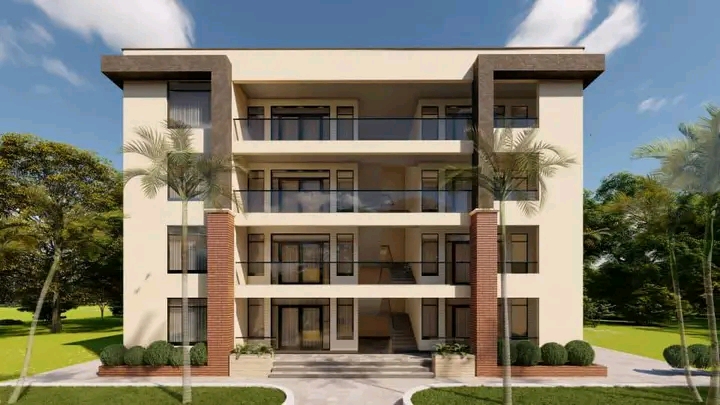
8. Challenges and Solutions in Designing for Mixed-Income Communities
Challenges:
- Perceived social divide between income groups.
- Balancing amenity quality without alienating higher-income tenants.
- Maintenance cost distribution.
Solutions:
- Design buildings so all units have equal access to amenities.
- Use zoning to separate premium from standard finishes without visible disparity.
- Implement a shared maintenance fund where all tenants contribute fairly.
9. Tips for Investors and Developers
- Balance Cost & Quality: Choose durable, low-maintenance finishes to reduce long-term expenses.
- Market Strategically: Highlight community features in listings—these appeal to families and professionals.
- Plan for Scalability: Ensure designs can be adapted for future expansions.
Pro Investor Tip:
Mixed-income developments often yield more stable rental income streams, reducing vacancy risks during economic downturns.
10. Conclusion
Modern apartment designs in Kenya are no longer just about looks—they are about community, sustainability, and inclusivity. By integrating 2-bedroom apartment designs Kenya and 3-bedroom apartment designs Kenya into a mixed-income community framework, developers can cater to different markets while creating vibrant, cohesive neighborhoods.
The best apartment designs in Kenya for mixed-income communities in 2025 will blend affordability with comfort, uniformity with individuality, and sustainability with profitability.
For investors, this is the perfect time to explore the latest apartment designs in Kenya and align projects with the country’s growing demand for inclusive housing.
